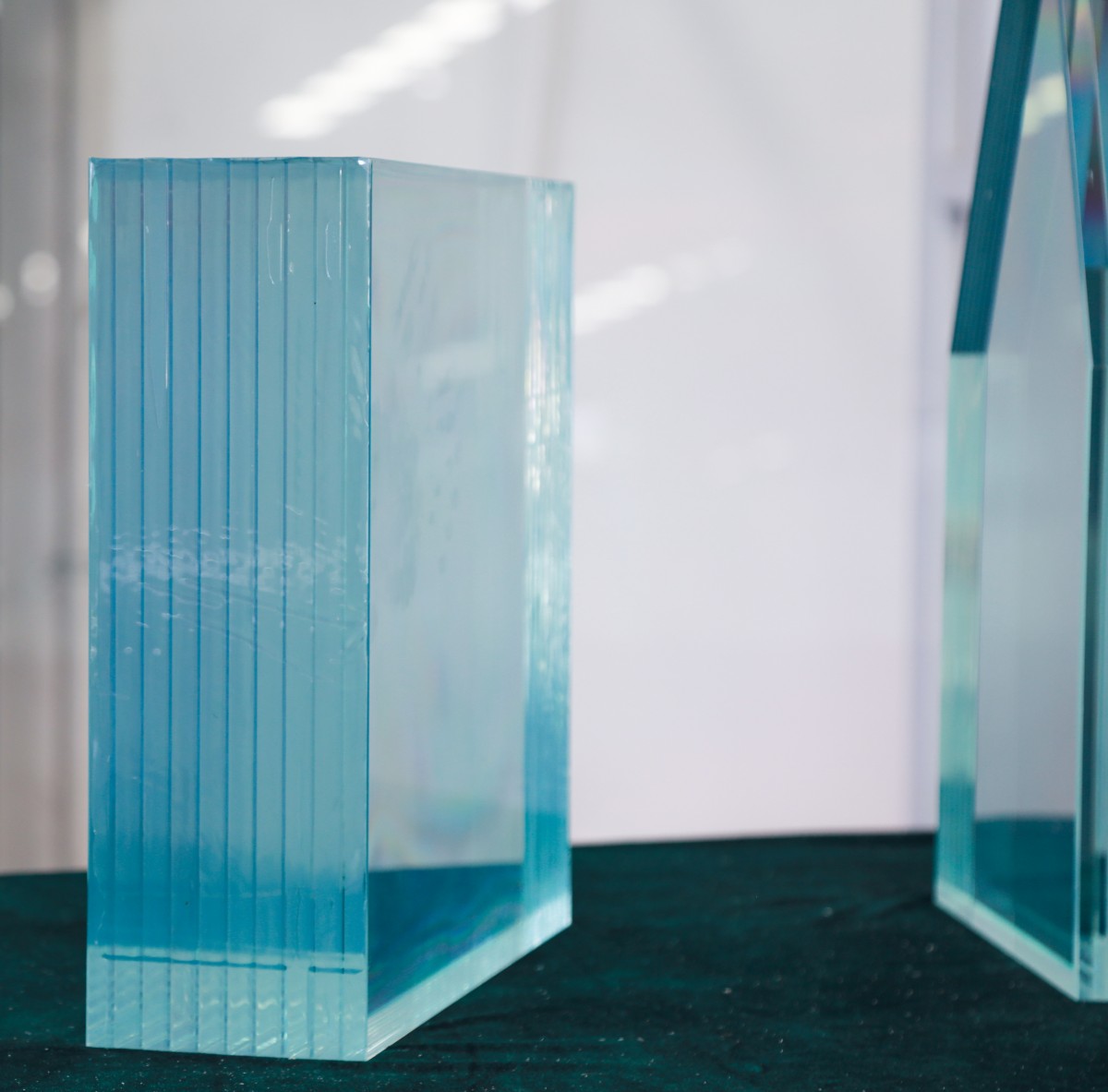Waterproofing is a crucial aspect of construction and maintenance, ensuring the longevity and durability of structures. With numerous methods available, it can be challenging to determine the best waterproofing approach. In this blog post, we will delve into various waterproofing methods, evaluating their effectiveness, durability, and suitability for different applications. By the end, you will have a comprehensive understanding of the best waterproofing method for your specific needs.
- Traditional Waterproofing Methods:
1.1. Bituminous Waterproofing:
Bituminous waterproofing, commonly known as asphalt or tar waterproofing, has been widely used for decades. It involves applying layers of hot bitumen or asphalt to create a waterproof barrier. This method is highly effective in protecting against water penetration but may require regular maintenance due to its susceptibility to UV degradation.
1.2. Cementitious Waterproofing:
Cementitious waterproofing utilizes a mixture of cement, sand, and additives to create a waterproof coating. It is commonly used in basements, swimming pools, and water tanks. While this method provides excellent waterproofing, it may crack over time, requiring periodic repairs.
1.3. Liquid Waterproofing Membrane:
Liquid waterproofing membranes are applied as a liquid coating that cures into a seamless, flexible, and durable membrane. This method offers excellent adhesion to various surfaces and can be easily applied even on complex geometries. However, proper surface preparation is crucial for its effectiveness.
- Modern Waterproofing Methods:
2.1. Polyurethane Liquid Membrane:
Polyurethane liquid membranes provide superior waterproofing, especially in areas prone to movement or cracking. They offer excellent flexibility, durability, and resistance to UV radiation. This method is commonly used in roofs, balconies, and terraces.
2.2. Bentonite Waterproofing:
Bentonite waterproofing involves the use of sodium bentonite clay panels or sheets. When hydrated, bentonite forms an impermeable gel-like substance, effectively preventing water penetration. This method is particularly suitable for below-grade applications, such as foundation walls.
2.3. Polymer-modified Cementitious Coatings:
Polymer-modified cementitious coatings combine the advantages of cementitious and polymer-based waterproofing. They offer enhanced flexibility, crack resistance, and adhesion. This method is commonly used in areas exposed to heavy traffic or dynamic movement.
- Innovative Waterproofing Methods:
3.1. Self-healing Waterproofing Systems:
Self-healing waterproofing systems utilize advanced materials that can automatically repair minor cracks or damages. These systems can prolong the lifespan of waterproofing membranes and reduce maintenance requirements, making them ideal for critical structures or areas with limited accessibility.
3.2. Nanotechnology-based Waterproofing:
Nanotechnology-based waterproofing involves the use of nano-sized particles that penetrate the substrate, creating a hydrophobic barrier. This method offers exceptional water repellency and durability, even in extreme conditions. It is suitable for a wide range of applications, including concrete, wood, and textiles.
Conclusion:
After a comprehensive analysis of various waterproofing methods, it is evident that the best method depends on the specific requirements of each project. While traditional methods like bituminous and cementitious waterproofing have proven effective, modern and innovative methods such as polyurethane liquid membranes and self-healing systems offer enhanced durability and performance. Ultimately, consulting with waterproofing experts and considering factors like budget, location, and expected lifespan will help determine the best waterproofing method for your project, ensuring long-term protection against water damage.

